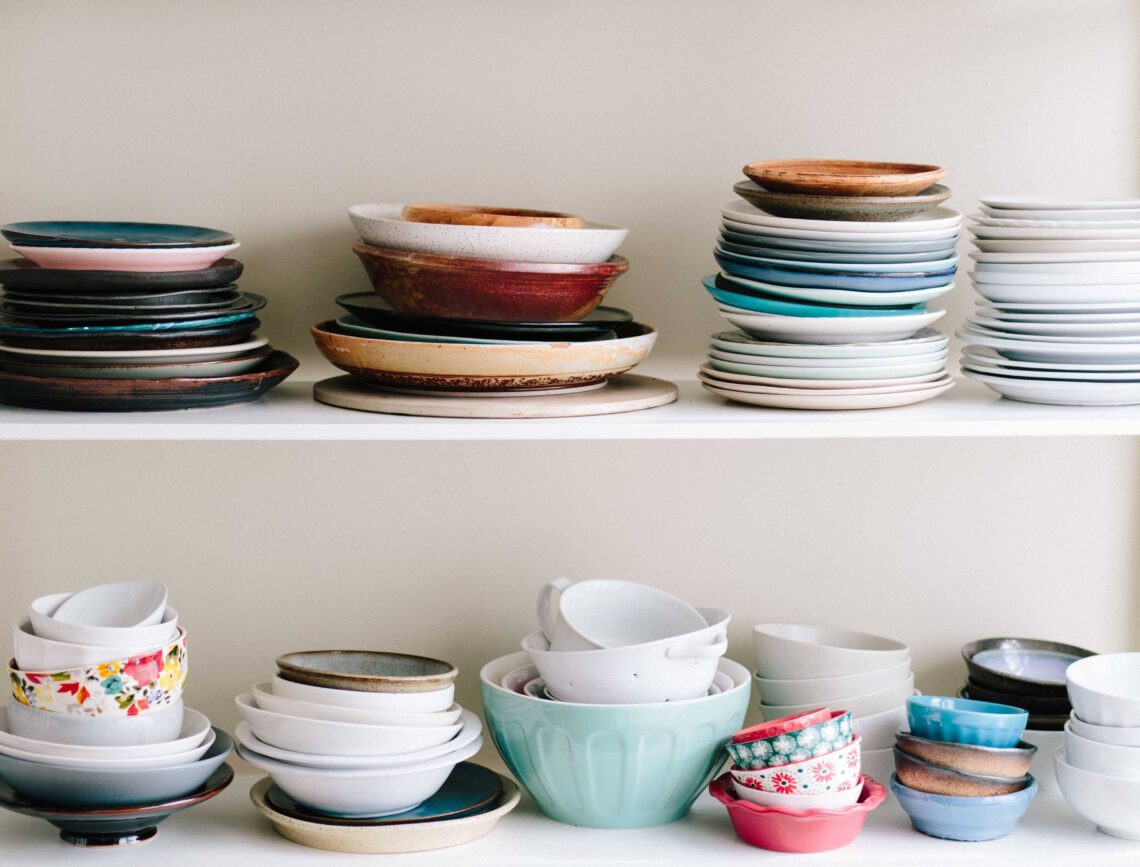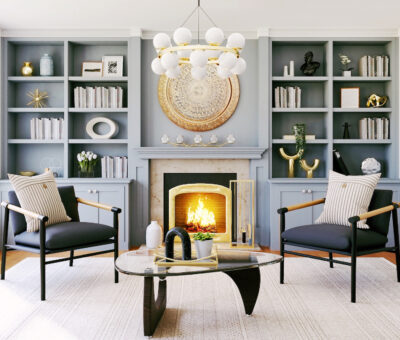
Create space for new by decluttering your home
Decluttering isn’t just about tidying up or making your home look neat and organized. It’s a powerful act that extends beyond your physical space and can deeply impact your mental, emotional, and spiritual well-being. When you declutter, you create more than just physical space — you clear out stagnant energy, make room for growth, and invite positive change into your life.
Your home and your energy
Think of your home as a reflection of your inner world. Just as your external environment can shape how you feel, the state of your living space has a profound effect on your mood, mindset, and even your energy levels.
Decluttering is often seen as a form of self-care. It’s an act of prioritizing yourself and your well-being.
A cluttered, disorganized home can often leave you feeling overwhelmed, anxious, or stuck.
On the other hand, a tidy, organized environment can promote a sense of calm, clarity, and balance. Research has also shown that a clean and organized environment can reduce stress, improve focus, and enhance overall well-being.
The act of decluttering is a way to release old, stagnant energy, making room for new, positive energy to flow into your life.
Just as you clear out unused or unwanted items from your home, you can metaphorically clear out emotional baggage or negative thought patterns that no longer serve you. It’s a process that mirrors both physical and emotional renewal.
My decluttering method
For me the most significant moment of genuinely embracing this decluttering process was when I moved overseas and backed my entire life in less than 15 boxes + a few pieces of furniture. And oh boy, was I struggling to let go.
Too many things sparked joy (Marie Kondo method), but I could not take them all with me. So I started reading about minimalism to get better at letting go.
That approach did give me the needed help. However, I did not feel at home as a true minimalist and having the bare minimum. I looked into the Home Edit method, but still something was missing.
So, I created a new method similar to Kondo’s and the Home Edit’s approaches but including aspects of the minimalist movement.
It has three steps:
CHOOSE: Keep or let go
CATEGORIZE: Create different categories
ORGANIZE: Organize things you keep
1. Choose: keep or let go
Letting go is by far the most challenging part of the decluttering process – and the reason why people decide to skip it altogether. But this is also an essential part of creating a transformation in your life because you need space for newness. So to make it easier for you, start the process from the most effortless area, corner, or closet, such as your wardrobe and then move on to a more challenging corner.
A. TAKE OUT EVERYTHING
Yep, take out everything and create a big pile on the floor. It can feel overwhelming to see it all in one messy pile, but sometimes it is vital to see how many things you own.
B. GO THROUGH THEM ONE BY ONE
At this point, Kondo would advise you to go it through one by one and ask, “does it spark joy? If yes, keep it. If not, let it go.” But as items have different energy vibrations, not all vibrate on level of joy. So concentrate on positive energy instead.
– Start by checking if the item is broken. If yes, always let it go with gratitude unless you will and can fix it immediately. Broken things symbolize that something is broken in your life.
– Take it into your hands and see how it makes you feel. Keep it if you feel happy and positive feelings in your mind, body, and soul. Suppose it brings negativity to the surface (and if the item looks negative – like an unhappy person in a painting), let it go.
Now, at this point, I still had a massive pile of stuff in front of me that I had chosen to keep. But I noticed that I wanted (and had) to let go of more. So I read a book called Goodbye Things by Fumio Sasaki. He helped me to make the pile of stuff much smaller by asking myself different questions:
– Have I used it in the past six months?
– Would I rebuy it?
– Does it represent a memory that I am scared will vanish when I let go?
– Do I want to please someone? Am I scared that someone will get angry or hurt?
But the game-changer moment was when I realized I had to pay for the shipping of my items to my new home. Did I like the things that much that I would pay for the transfer?
Even if you are not moving overseas, you should ask that question because it will change how you see things.
2. Categorize: create different categories
Put all the items you keep into one pile and the things you let go of into another. Then go through both of the piles and categorize the items.
A. RECYCLE THE ITEMS YOU LET GO
Organize all the items into different boxes and bags, such as:
– Trash & recycling
– Items you are selling
– Things you give to charity
– Things you give to your friends and family
When you let go of the item, be grateful for all it has given you and see yourself letting go of its energy.
B. CATEGORIZE THE ITEMS YOU KEEP
You should categorize the kept items so that the cleared space would stay organized and harmonious. In addition, categorizing helps you find things and makes your life easier and smoother.
There are many ways to categorize the items. E.g., for the wardrobe, the best way is to group the items by the type of clothing: jackets in one spot, socks in one, and so on.
3. Organize: Organize the things you keep
Generally speaking, the best use of the closet space is to place the items in containers standing vertically.
Containers are easy to take out and hold the categorized items in one place. However, remember that not all things need containers – like your mugs, plates, bowls, shirts, jackets, etc.
The Home Edit loves using see-through containers, which help see what is inside. Kondo again talks a lot about reusing old boxes or other items for storing, which supports creating a more conscious home. So before buying any new boxes, go through your closets and be creative when searching for things that can be containers.
When you are organizing a wardrobe or a closet and adding different categories, the rule of thumb is that:
– All items would face the same direction and stand vertically.
– Place shorter items in front, taller in the back.
– With wardrobe: Start from the lightest items and then move into more heavy ones: tops, t-shirt, shirts, sweaters, jackets.
– The categories can be made pretty and functional by organizing the items by color blocks and going from white, tan, pink, red, orange, yellow, green, blue, indigo, violet, brown, gray to black.
Allow your deepest desire to enter this decluttered space
When you have decluttered the entire space, it is time for you to pause for a second. Take a deep breath and close your eyes.
How are you feeling?
Place your hands on top of your heart. Then bring your deepest desire into your mind of what you would like this cleared space to fill with.
Then, see your desire arriving with loving energy.
Open your eyes and trust it comes when the time is right – because it will arrive.
Heal with me for a sec.
Which area of your home is calling you to start decluttering it?
Essi Koski-Lammi
Essi Koski-Lammi is a Wellbeing Trailblazer, Feminine Executive Coach, Healer, Clairvoyant and Conscious Interior Designer. She believes that how we live, work, and care for ourselves is deeply influenced by the connection between the spaces within and around us. With a diploma in interior design, over 22 years of experience in energy healing and meditation, MSC in Business and a strong background in global branding and marketing, Essi combines her expertise to empower women to transform their homes, businesses, and lives — and most importantly, themselves — so that every part of life feels aligned and truly their own.


You may also like

What is the Healing Home?
May 23, 2024
5 home decor tips that support your self-esteem
May 20, 2022
